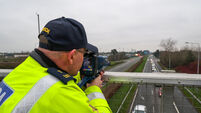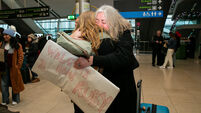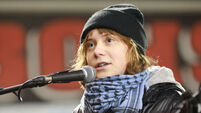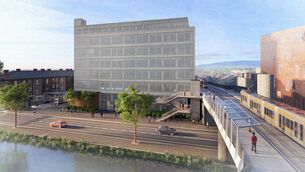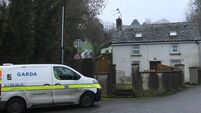Army would have opened fire on H-Block protesters
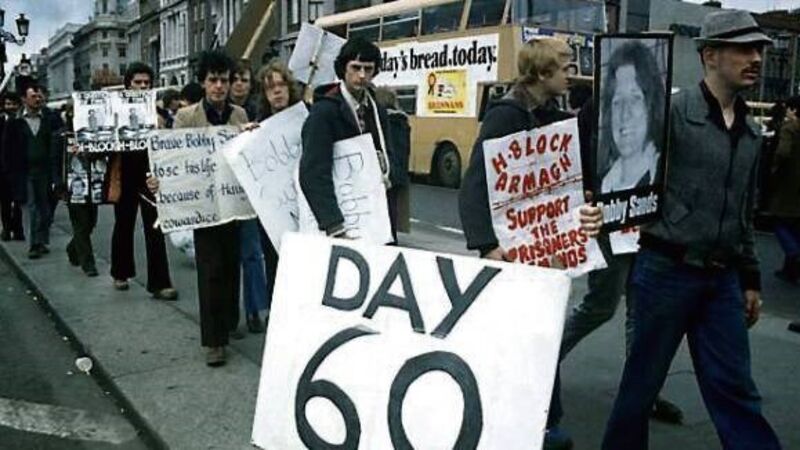
If supporters of H-Block hunger strikers had broken into the British embassy in July 18, 1981, they would have faced nearly 200 Irish soldiers who would have opened fire if necessary.
The army was called in to prevent the embassy being burnt as had previously happened on February 2, 1972, after protesters attacked it following the Bloody Sunday massacre by the British Parachute Regiment.
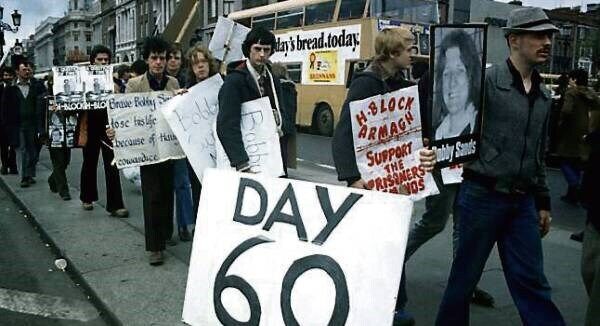
In a new book on the Irish army’s involvement in The Troubles, a retired lieutenant colonel said senior army officers were told by the Government that under no circumstances could there be a repeat of the burning.
The army commander in the embassy left his troops in no doubt that if rioters attempted to take their guns they were to open fire with live rounds.
The rules of engagement were to fire warning shots in the air, and if this didn’t work fire to wound, and — as a last resort — fire to kill.
Military historian Dan Harvey, a nephew of the late Taoiseach Jack Lynch, notes that the soldiers did not have riot gear.
It was decided that if the protesters broke through the 500-strong Garda line, that the army would use the CS gas first and then “snatch squads” made up of men “formidable in both physique and psyche” would be “sent in to take out the ringleaders”.
The rifle company commander asked his commanding officer if there were any specific considerations for opening fire on the protesters if they broke through.
In Mr Harvey’s book, Soldiering Against Subversion, it is stated that the senior officer replied that he could not let any of his troops be forcibly disarmed.
Rioters attacked gardaí with petrol bombs, bricks, pick-axe handles, and sharpened poles.
The gardaí eventually decided on a major baton charge to disperse the crowd. Nearly 200 people ended up in hospital, 75% of them gardaí.
“The idea that the British embassy would be sacked a second time would have been to allow the reputation of the State to be gravely damaged internationally,” said Mr Harvey.
In his book, he also says that when the Troubles started, “the [Irish] army had “war-gamed” to go into the North “to protect Catholic areas” and claimed the British army was badly directed and used as a blunt force. Also, they did not have the peacekeeping experience of the Irish army, which would try to “de-escalate” situations, except when they came under direct fire.
The Irish army was also careful “not to be seen to be in cahoots” with their British counterparts.
Bizarrely, neither army would talk to each other. If the British were conducting an operation close to the border, the Irish army would be asked to secure the southern side to prevent IRA snipers firing on them.
However, even if the two sides met, talks were conducted through the gardaí and the RUC.







